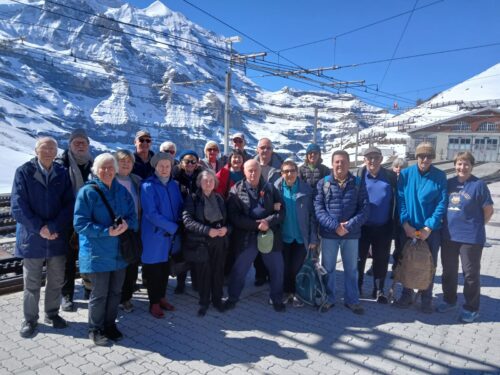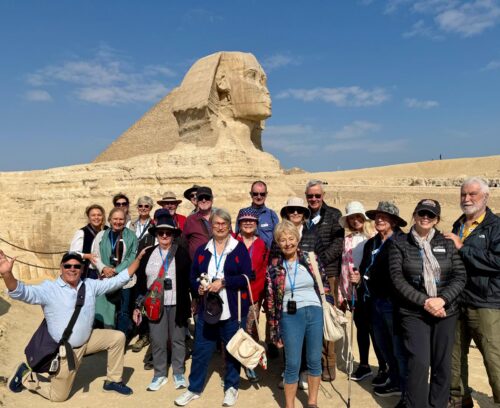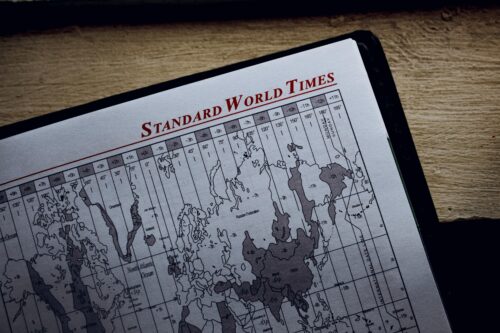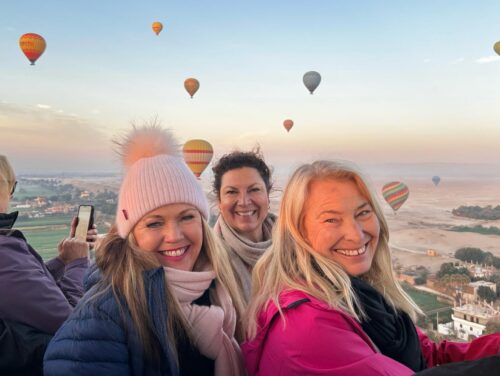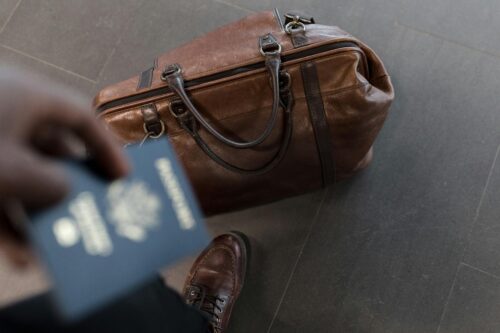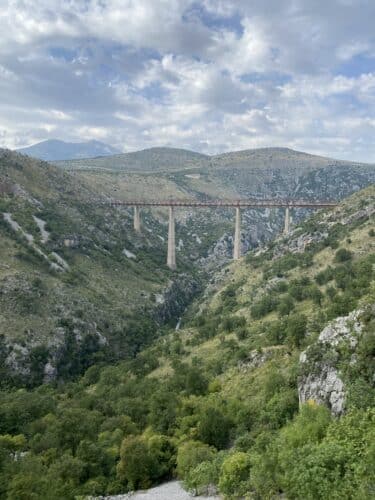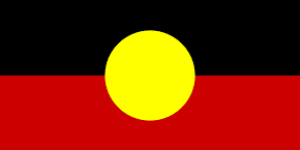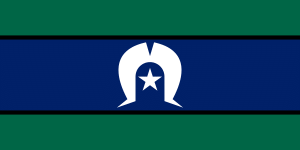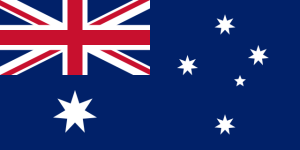Just off the coast of Townsville lies the beautiful Magnetic Island. Only 25 minutes by ferry and you are transported to quiet, secluded beaches, rugged nature, abundant wildlife, and easy access to the Great Barrier Reef. She has a story to tell that stretches back over 275 million years when molten granite was pushed to the earth’s surface with volcanic force and started the long process of becoming today’s landscape via the processes of erosion. 53sq km in size, ‘Maggie’ as she is known by the locals, is now approximately 75% national park.
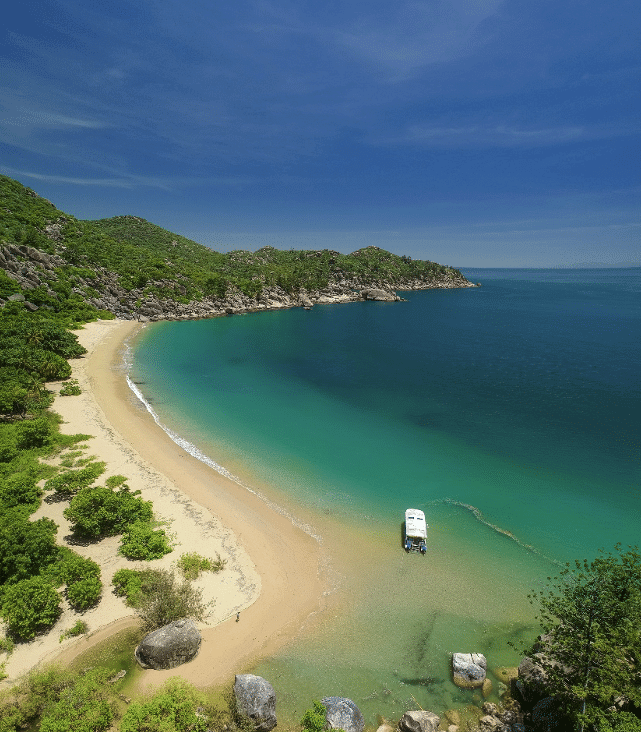
Landscape
Magnetic Island is well known for its distinctive environment and picturesque landscape featuring large granite boulders, hoop pines, sandy beaches and fringing coral reefs. The story of Magnetic Island began 275 million years ago when molten granite was pushed to the earth’s surface with volcanic force. Over time the overlying volcanic rocks weathered away. The underlying granite mass has decomposed along fracture lines, creating today’s extraordinary landscape of rounded domes and boulders (tors), many of which are larger than a house and spectacularly perched. Fault lines have eroded to form gullies and valleys. Today, a shallow sea separates the island from the mainland. However, before the sea level rose 7,500 years ago, Magnetic Island was connected to the mainland between Cape Pallarenda and Kissing Point.

Plants
There are about 23 different vegetation types on Magnetic Island. Many visitors expect to see rainforest but Magnetic Island, having considerably less rainfall than the wet tropics slightly further north and the Whitsundays slightly further south, is typical of the dry tropics. It is covered with open eucalypt woodland of bloodwoods, stringy barks and grey ironbarks. Rainforest, called vine-thicket, is restricted to small pockets in sheltered gullies. Littoral rainforest, or beach scrub, a rare vegetation type first recorded in 1918 as ‘dense scrub’, is represented by stands of forest trees growing on coastal sand dunes in Nelly and Florence bays. This is the most accessible ‘rainforest’ on the island and is an important food source for fruit-eating birds.
Hoop pines wedged amongst the boulders are a distinctive feature of the island. Native kapok, common on lower slopes, produces yellow flowers in August and cottonwool-like seed pods in December. The cottony fibre was used by Aboriginal people and early settlers for bedding. Cabbage palms are found on the slopes of Mount Cook and in moist areas such as creeks and gullies.
Mangrove forests and saltmarshes are found mainly on the sheltered side of the island between Cockle Bay and West Point. The island also boasts semi-deciduous woodlands (low open scrub) between West Point and Huntingfield Bay. Vegetation in the adjacent marine environment includes seagrass and mangrove communities.
Animals
The rocky terrain and dense vegetation of Magnetic Island is home to allied rock-wallabies. Their subtle colouring camouflages these animals, making them difficult to see among the rocks. Allied rock-wallabies move quickly and surely around their rocky habitat, helped by short toenails on their hind feet. Look for them feeding in the early morning and late afternoon.
Koalas were introduced to the island in the 1930s to protect them from perceived threats on the mainland. By day koalas rest motionless amongst eucalypt branches, feeding on leaves from late afternoon onwards. The nutrient-poor diet of koalas means they must rest for up to 20 hours a day.
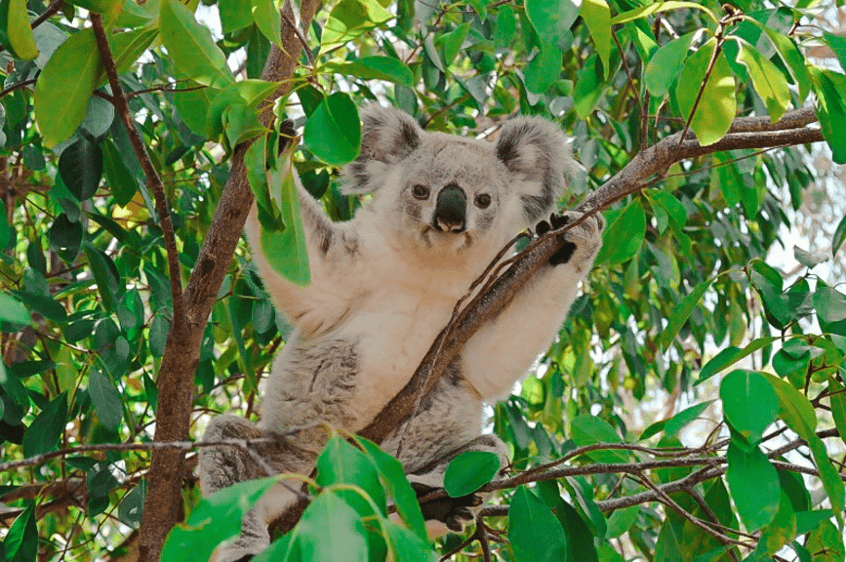
Common brushtail possums are very active at night, feeding on flowers, fruit and leaves. During the day they hide in hollow branches or fallen logs. Other mammals seen on the island include echidnas, black flying-foxes and little bentwing bats.
Several species of snake are found on Magnetic Island including the non-venomous common (green) tree snake. A venomous snake, the death adder, is common on the island as opposed to the mainland where numbers have been reduced by cane toads. With its distinctive, broad triangular head, short, fat body and reddish brown to grey bands, the death adder hides under leaf litter or sand.
Large marine animals that may be seen around the island include sea turtles and dugongs. They feed in the extensive seagrass meadows surrounding the island. Sea turtles also nest on the island’s beaches during the summer months.
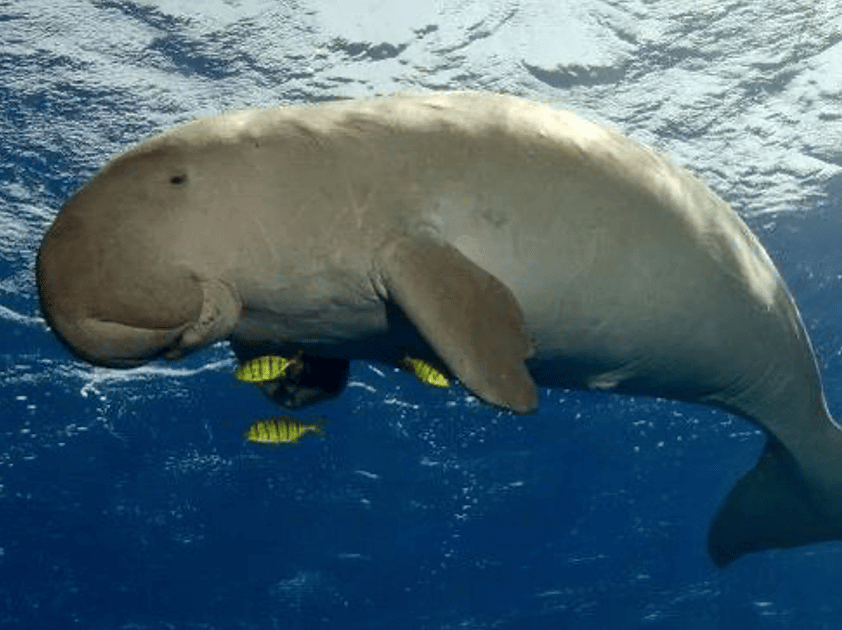
Over 180 species of birds can be seen on Magnetic Island. Some birds live permanently on the island while others are migratory visitors. Seabirds include gulls, terns, sandpipers, dotterels and oystercatchers. Ospreys, white-bellied sea-eagles and kites patrol the island, soaring overhead in the thermal currents. Near fresh water see purple swamphens, Australasian grebes and Pacific black ducks. Peaceful doves, pied currawongs, olive-backed sunbirds and a variety of honeyeaters frequent woodland areas. Once common along the eastern coastline, the bush stone-curlew is still found in large numbers on the island.
Culture and history
Indigenous history
The Aboriginal Traditional Owners of Yunbenun (Magnetic Island), the Wulgurukaba people, the ‘canoe people’, have lived on the island and nearby mainland for thousands of years. Shell middens, stone tools and art sites are some of the physical reminders of their strong connection with the island. The Wulgurukaba people have stories, such as the Big Carpet Snake story linking Magnetic and Palm Islands and the mainland, which tell of the creation of this landscape during the Dreamtime.
The Wulgurukaba people were able to maintain their traditional lifestyle until the mid-1890s when the Townsville port was established. As more European people moved into the area, the Wulgurukaba people were forced to move off their traditional lands, and confrontations with settlers, loss of traditional food sources and disease took their toll. They remained on the island until the 1920s and 30s but were eventually forced to live in missions on the mainland. A small group of Wulgurukaba people remain on or have returned to the island.
Non-Indigenous history
Magnetic Island was named by Lt James Cook in 1770 when he believed the magnetic compass on his ship the Endeavour was affected by the island. During the 1800s Magnetic Island became a popular picnic area and by the late 1890s the first resort was established in Picnic Bay. Tourism prospered during the early 1900s as Townsville grew to be a major city in North Queensland.
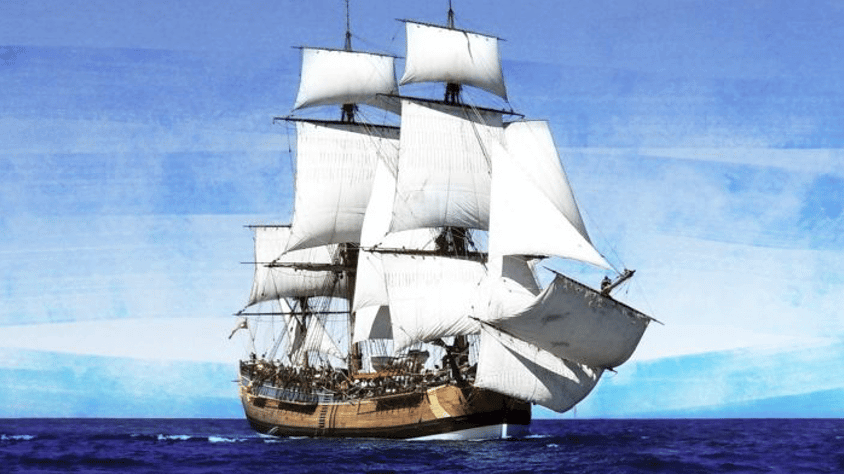
Industry
The settlement of European people on the mainland brought industry to the island. The landscape of coral reefs, granite boulders and thick forests that today attracts tourists was viewed differently during the late 1800s. Coral, stone and timber (hoop pine) were collected as building materials for Townsville. Even substantial quantities of gold were mined in 1886. In 1875 Magnetic Island was set aside as a quarantine station, although buildings were not constructed at West Point until 1885.
Military presence
From 1942 Townsville became a major base for the military and its harbour, Cleveland Bay, an important assembly point for shipping. During 1942–43, a signal station and coastal battery were built on Magnetic Island for controlling shipping and defence of the harbour. Two 3,000,000 candle-powered searchlights, capable of spotting aircraft at 30,000 feet, were located at Horseshoe and Florence bays, and a radar screen was located high in the hills above Arthur Bay. The Australian Coast Artillery Units operated the Forts complex from 1943 until the end of the Pacific War in 1945. Today the Forts ruins are protected under the Queensland Heritage Act 1992.
Railway Adventures tour, The Queensland Coast, takes in the delights of Magnetic Island along with many other fascinating parts of the pristine coastline traversed during our 15 day fully escorted rail tour of this beautiful part of our land.
Link to webpage – https://railwayadventures.travel/tours/the-queensland-coast-by-rail-road-air-and-sea/
Scott McGregor’s Railway Adventures tour is more than just a holiday, it is a unique way to experience the world. By train you are completely immersed in culture and adventure, exploring the most scenic corners of the world in the comfort of a luxury train. Whether you are an experienced traveller or just beginning to explore this wonderful world, Railway Adventures has something for everyone. Transform your holiday into the most unforgettable adventure of a lifetime with Railway Adventures.
Call 1300 800 977 now to request a brochure on our domestic tours in 2021.

